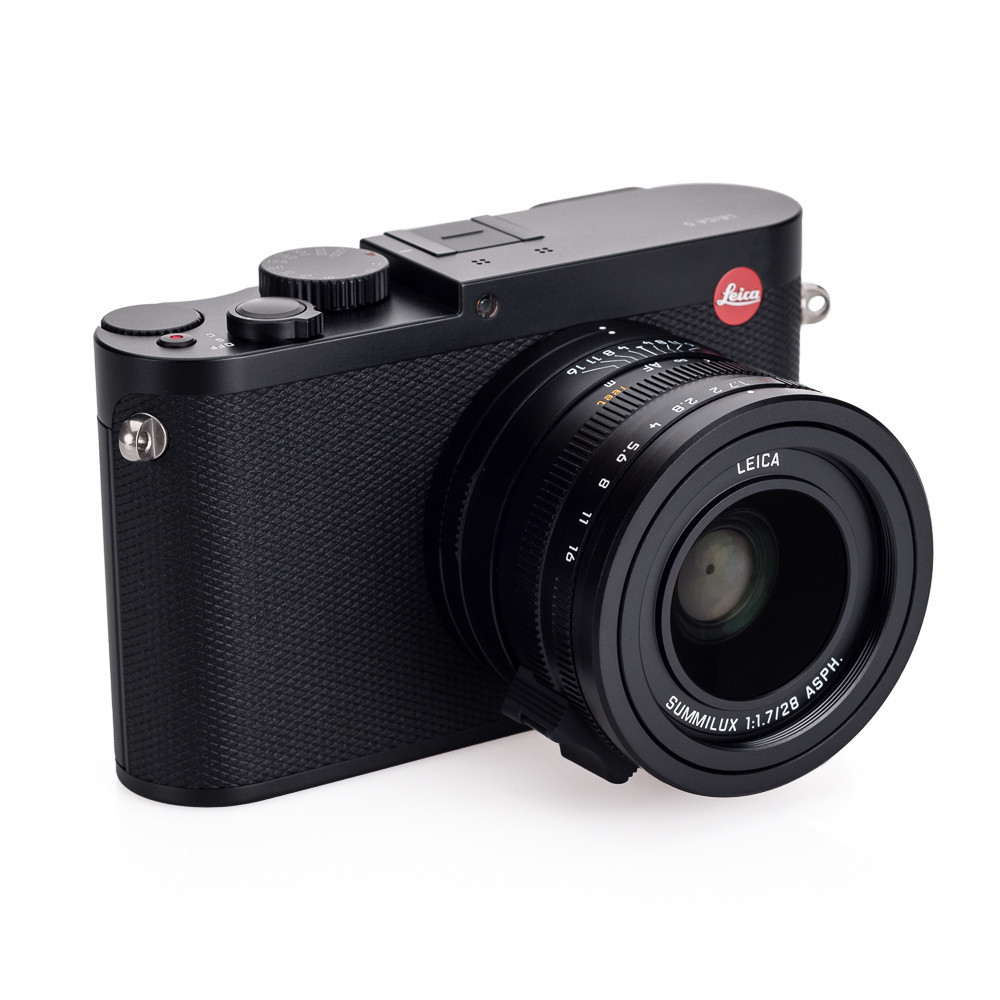Durf
Picture Taker - Image Maker
Mikehit said:fullstop said:it does not need to fit in my pocket. As long as it fits into a LowePro Dashpoint 30 with a compact zoom or a prime lens i am fine. Dashpoint is attached to left front strap of my backpack. Works perfectly well - hands-free and camera always readily available when needed. And if camera + lens are light enough, you won't notice the extra weight on one side.
As to physical control points / ergonomic layout: not trivial to do "really right" on a smaller body, but possible. Innovative Canon should/will be able to get it done, if they really focus on it. Not to forget: touch LCD and smart display of info in viewfinder helps a lot towards that objective.
'small' means different things to different people - give us dimensions.
So you want a FF camera with lens to fit in a Dashoint 30 - a bag that is too small to even take an Olympus EPL-7 as many would want it? And no second lanes?
https://www.youtube.com/watch?v=bAJ7XSx-6C4
Your comments get more ludicrous as you go on.
WOW! one could fit a gopro and a couple of batteries in that bag!
Awesome!
Upvote
0


